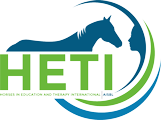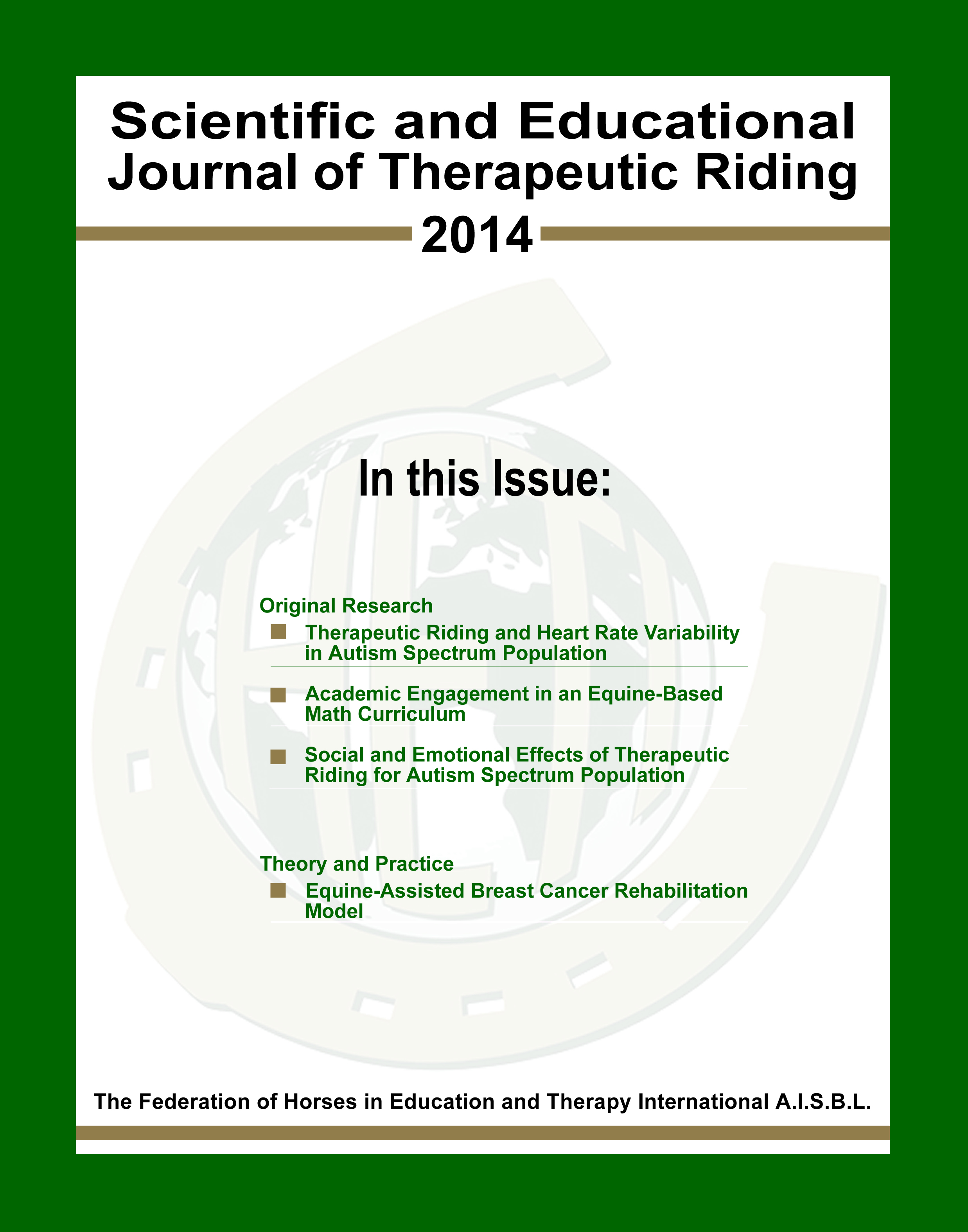Equine-Assisted Rehabilitation for Breast Cancer Survivors 2014
€10.00
| Author | Aliza R. Hirsch |
|---|---|
| Year | 2014 |
Breast cancer is one of the most common malignancies that affect women. Greater awareness, early detection, and swift intervention have reduced mortality rates. Up to 80% of breast cancer survivors attain a full life expectancy (Fisher & Howell, 2010). Breast cancer treatments, however, often negatively impact upper extremity function and the overall perceived quality of an individual's daily life. Furthermore, cancer survivors may suffer diminished self-efficacy and functional deficits, along with stress-related symptoms such as post traumatic stress disorder. It is globally recognized that post-intervention physical and functional rehabilitation has been inadequate. The benefits of equine-assisted therapy (EAT) for people who cope with physical and neurological impairments have been well documented. However, most medical professionals are unaware of the potential benefits of EAT for breast cancer survivors. This paper introduces a three-phase EAT programme for breast cancer survivors and reports on its application with three clients between 2009 and 2014. Finally, a research proposal is introduced with the following research question: how does EAT impact the range of motion (ROM) and self-efficacy of breast cancer survivors.

